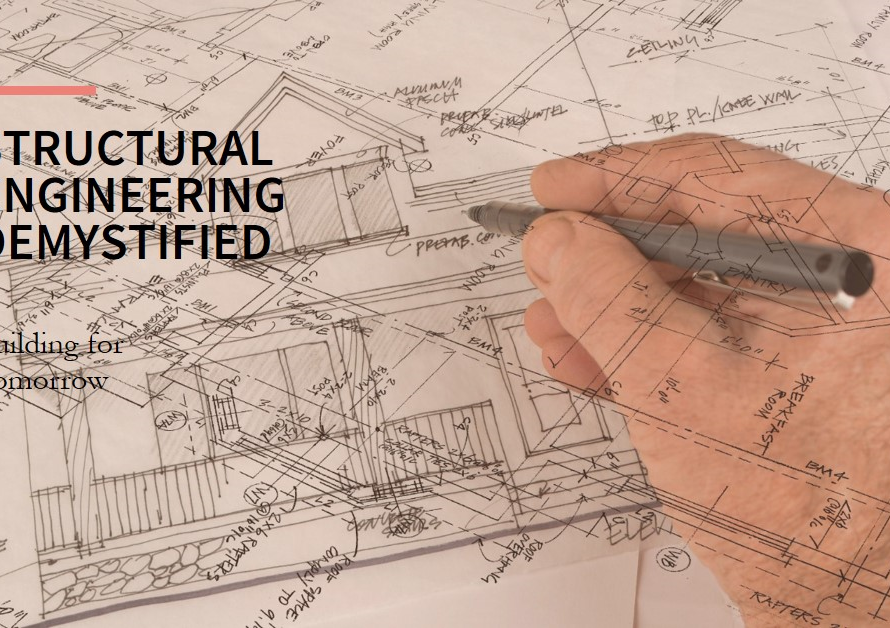
Table of Contents
- Introduction: Blending Nature and Architecture
- Harnessing the Power of Biophilic Design: Exterior Design
- Creating Harmony with Landscape Architecture:
- Inviting the Outdoors with Open Floor Plans:
- Embracing Natural Materials and Textures:
- Fostering Biodiversity through Green Infrastructure:
- Enhancing Wellness with Outdoor Amenities:
- Embracing Sustainability through Passive Design Strategies:
- Conclusion: Cultivating a Greener Future
Introduction: Blending Nature and Architecture
In today’s fast-paced world, where urban landscapes dominate the horizon, the allure of nature remains undiminished. As architects and designers seek to create spaces that resonate with occupants on a deeper level, the integration of natural elements into exterior design has emerged as a powerful trend. From residential homes to commercial complexes, incorporating nature not only enhances aesthetics but also promotes sustainability and well-being.
Harnessing the Power of Biophilic Design: Exterior Design
Biophilic design, a concept rooted in the innate human connection to nature, lies at the heart of integrating natural elements into exterior spaces. By consciously incorporating elements such as water features, greenery, and natural materials, architects can evoke feelings of tranquility, vitality, and connection with the environment. These design principles extend beyond mere aesthetics, fostering a harmonious relationship between the built environment and the natural world.
Creating Harmony with Landscape Architecture:
Landscape architecture plays a pivotal role in seamlessly blending built structures with their natural surroundings. Through thoughtful site planning, the integration of native plants, and the strategic use of hardscape elements, designers can create outdoor spaces that feel like natural extensions of the landscape. By carefully considering factors such as topography, climate, and biodiversity, landscape architects can craft environments that not only look stunning but also function sustainably over time.
Inviting the Outdoors with Open Floor Plans:
Incorporating nature in exterior design isn’t confined to outdoor spaces alone; it extends indoors through the use of open floor plans and expansive windows. By maximizing views of the surrounding landscape and allowing ample natural light to filter in, architects can blur the boundaries between indoor and outdoor spaces. This seamless integration not only enhances visual connections with nature but also promotes a sense of spaciousness and freedom within the built environment.
Embracing Natural Materials and Textures:
The choice of materials plays a crucial role in infusing exterior spaces with the essence of nature. Opting for materials such as wood, stone, and bamboo not only adds warmth and texture to the design but also reflects the earthy tones found in natural landscapes. Moreover, these materials age gracefully over time, developing a patina that further enhances their organic appeal. By embracing natural materials, designers can create exterior spaces that resonate with a timeless elegance.


Fostering Biodiversity through Green Infrastructure:
Green infrastructure offers a multifaceted approach to incorporating nature into exterior design, serving both aesthetic and ecological functions. From green roofs and living walls to permeable pavements and rain gardens, these features not only enhance visual appeal but also promote biodiversity, mitigate urban heat island effects, and improve stormwater management. By integrating green infrastructure into exterior spaces, designers can create environments that are not only beautiful but also ecologically resilient.
Enhancing Wellness with Outdoor Amenities:
In today’s wellness-conscious society, outdoor amenities have become key focal points in exterior design. From tranquil gardens and meditation spaces to fitness trails and outdoor lounges, these amenities offer opportunities for relaxation, recreation, and social interaction amidst natural surroundings. By prioritizing the well-being of occupants and fostering connections with nature, designers can create exterior spaces that promote holistic wellness and rejuvenation.
Embracing Sustainability through Passive Design Strategies:
Sustainability lies at the core of incorporating nature into exterior design, with passive design strategies offering effective means of reducing energy consumption and minimizing environmental impact. Features such as natural ventilation, solar shading, and rainwater harvesting not only enhance comfort and efficiency but also celebrate the innate wisdom of nature. By harnessing the power of passive design, architects can create exterior spaces that are not only environmentally responsible but also deeply attuned to their surroundings.
Conclusion: Cultivating a Greener Future
Incorporating nature into exterior design isn’t merely a trend; it’s a fundamental shift towards creating spaces that enrich the human experience while honoring the planet we call home. By embracing biophilic principles, harnessing the power of landscape architecture, and prioritizing sustainability, designers can create outdoor environments that inspire, rejuvenate, and connect us with the beauty of the natural world. As we continue to forge ahead into a more sustainable future, let us remember that the true essence of design lies in our ability to coexist harmoniously with nature, both within and beyond the built environment.


